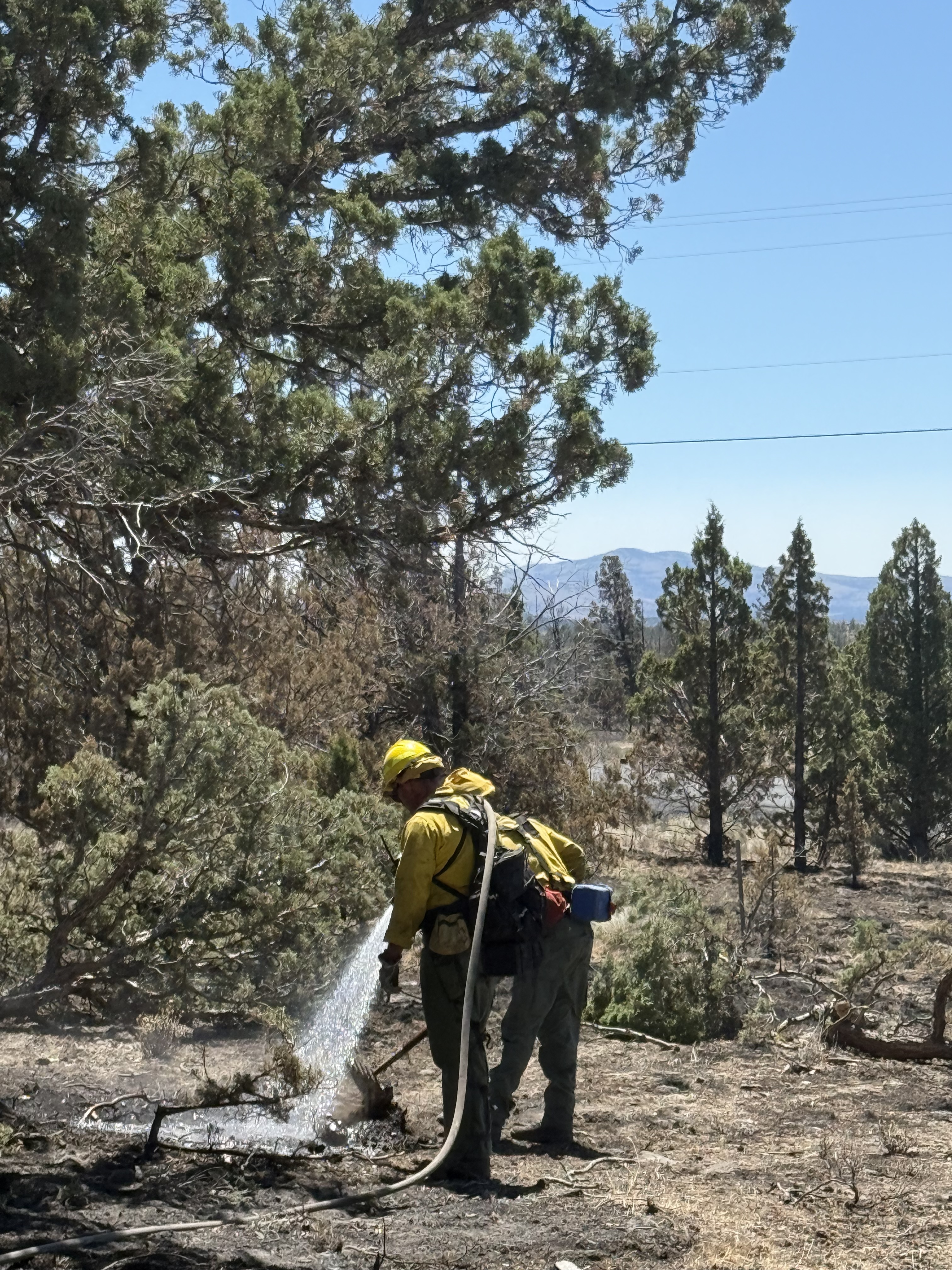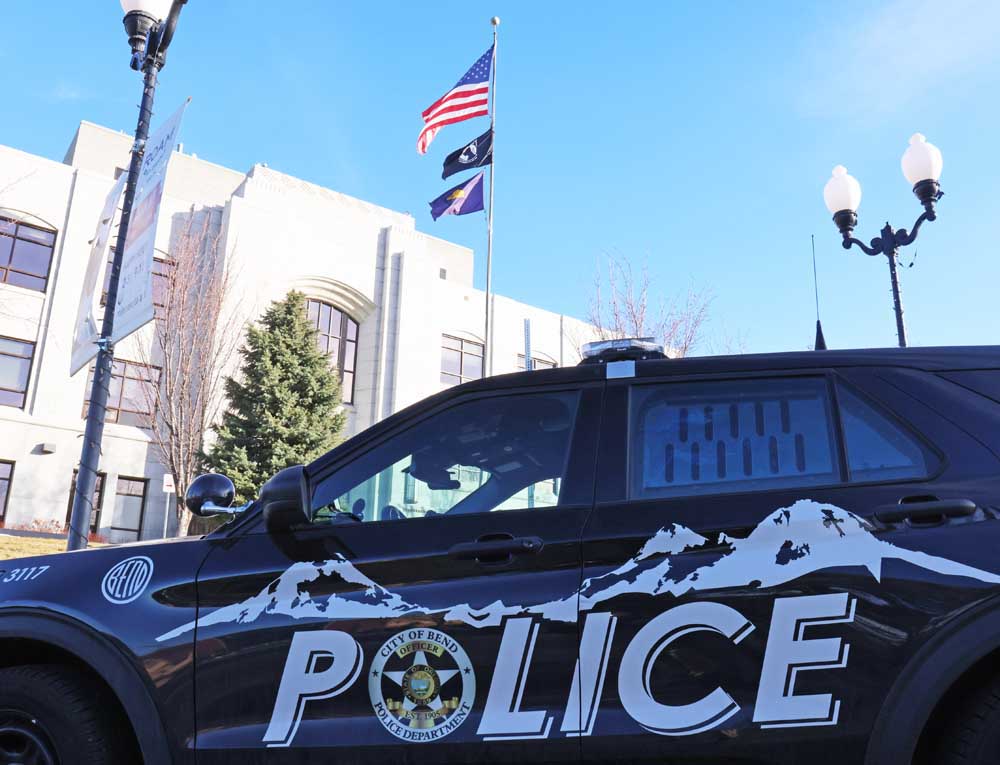Driving the backroad from Lake Billy Chinook to Sisters
Published 5:00 am Wednesday, April 9, 2003
When I get some empty time I love to get out and look for empty space.
Fortunately, there’s still a lot of it in Central Oregon. Space, I mean. The time thing you’ll have to work out on your own.
Trending
Poking around in search of back roads almost always leads to new discoveries. Besides, I’m a sucker for a cool breeze, rustling sagebrush and miles of lonesome in all directions.
You too? Let me tell you about a drive I took out by Lake Billy Chinook. I ended up in Sisters. I approached the lake from Culver, dropping abruptly into the canyon and crossing the bridges over the Crooked River and Deschutes River arms respectively. Lake Billy Chinook is a wonderful destination in itself, one we covered here in another Bulletin story.
Across the second bridge, the road switchbacks up the western canyon and out on to the plateau at Lake Chinook Village Store and Airport. When I passed this way in January, the store’s proprietor, Julie Dunlap, warned me off making the 25-mile journey from there to Sisters. Reports of truck-eating mud and impending snow were more than enough to turn me around for home.
But the dirt track, Forest Road 63, though teeth-rattling in places, was in much better condition last week. A mile or so past the store, the gravel road begins (the paved road continues around to the right headed for Perry South Campground and the Metolius Arm of Lake Billy Chinook). Keep an eye out for Grandview Cemetery, a little old-fashioned country graveyard on the left side of the road. Farther on, the road drops into a pastoral canyon with privately owned rangeland and the Crooked River National Grasslands on the left and a draft horse ranch on the right. The road runs through the working ranch; please respect private property (the Deschutes National Forest map has good detail of this route). There’s an abundance of wildlife all along Road 63. I saw several knots of 12 to 20 deer apiece along the way.
It would have been something of a let down approaching the increasingly civilized outskirts of Sisters and the mammoth homes on the ridges above, if not for Camp Polk. To reach Camp Polk Meadow Preserve, turn left off Road 63 on to Camp Polk Road. The preserve is on the left. It’s definitely worth an inspection.
The Deschutes Basin Land Trust and Portland General Electric recently bought the 145-acre meadow primarily because of its strategic importance in restoring steelhead to the upper Deschutes Basin, according to Jessica Rawlings of the trust. With the purchase, the trust acquired 50 acres of senior water rights that will improve stream flows in Squaw Creek. At the time of the purchase, the meadow was on the verge of being subdivided.
Trending
Of the 145 acres, 140 are limited to surveys, field work and guided tours.
But the remaining five acres, which are open to the public, include an informational kiosk, a short loop trail and remains of the Hindman barn.
Built in the 1870s, the wooden structure is believed to be the oldest still standing in Deschutes County.
Guided tours of the preserve are given from time to time during the summer.
For information, call the land trust at 330-0017.
To the south of the parking area (at the end of the road) is the historic Camp Polk Cemetery. While people are still being buried there, some of the headstones date back to the late 1800s (the earliest marked grave there is July 8, 1880).
According to the Deschutes County Historical Society, Camp Polk was first settled in the fall of 1865 when Capt. Charles LaFollett and elements of Company A, First Regiment of Oregon Infantry Volunteers, built eight log cabins on a nearby hillside. The military abandoned the site in 1866 after determining it wasn’t an effective deterrent against hostile Indians. Samuel Hindman homesteaded the meadow in 1873.
Camp Polk Road empties on to State Route 126 east of Sisters. At the highway, Sisters is to the right, Redmond to the left.
Jim Witty can be reached at 541-617-7828 or jwitty@bendbulletin.com.








